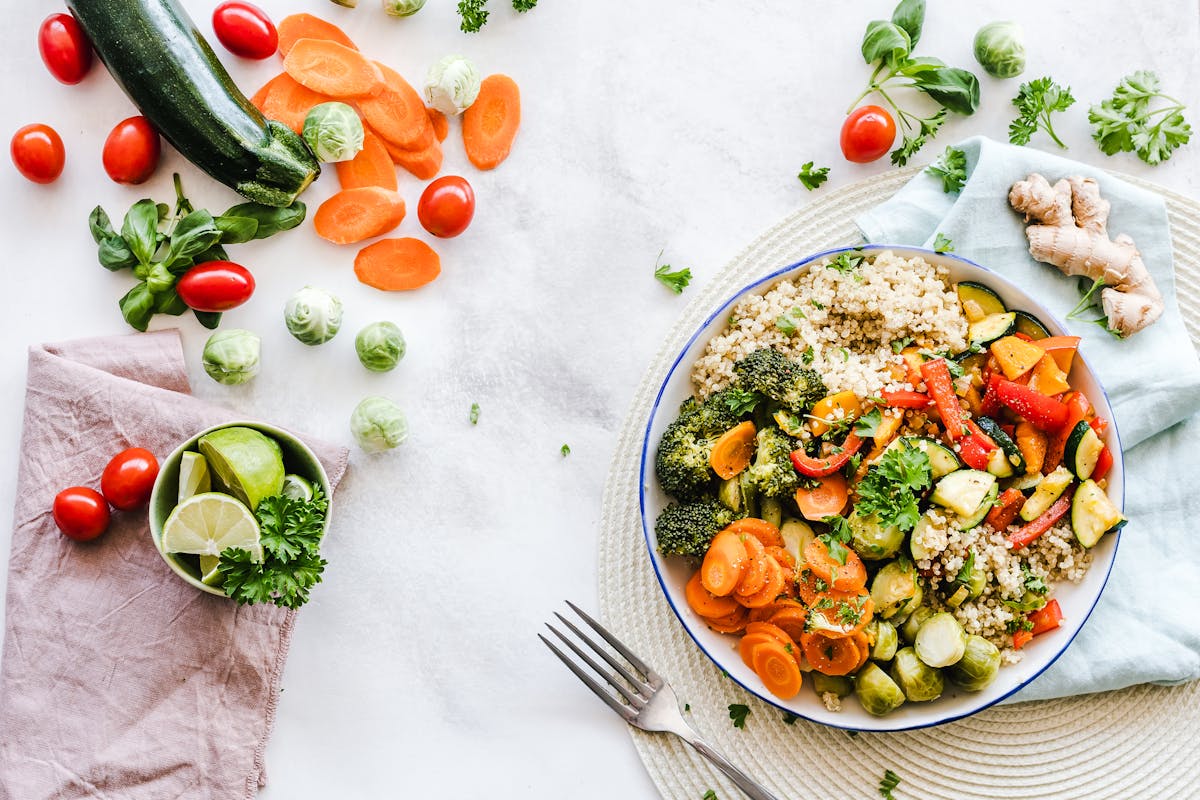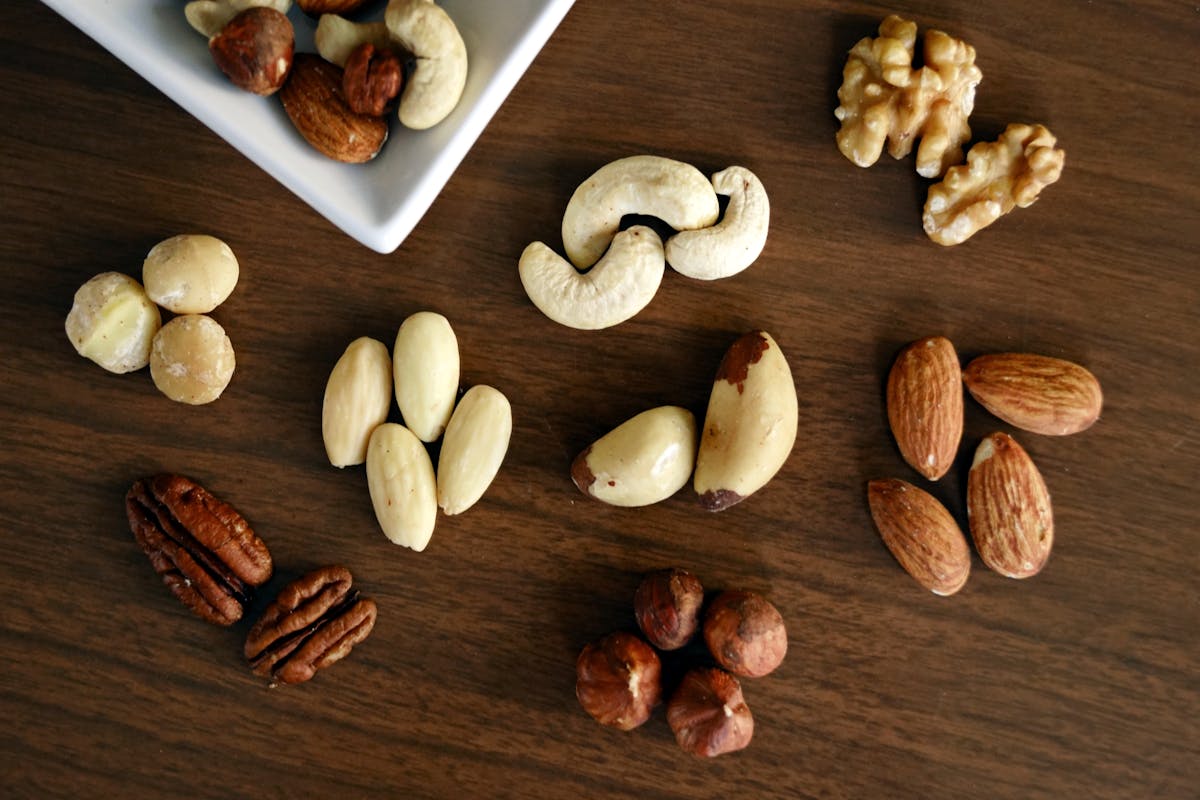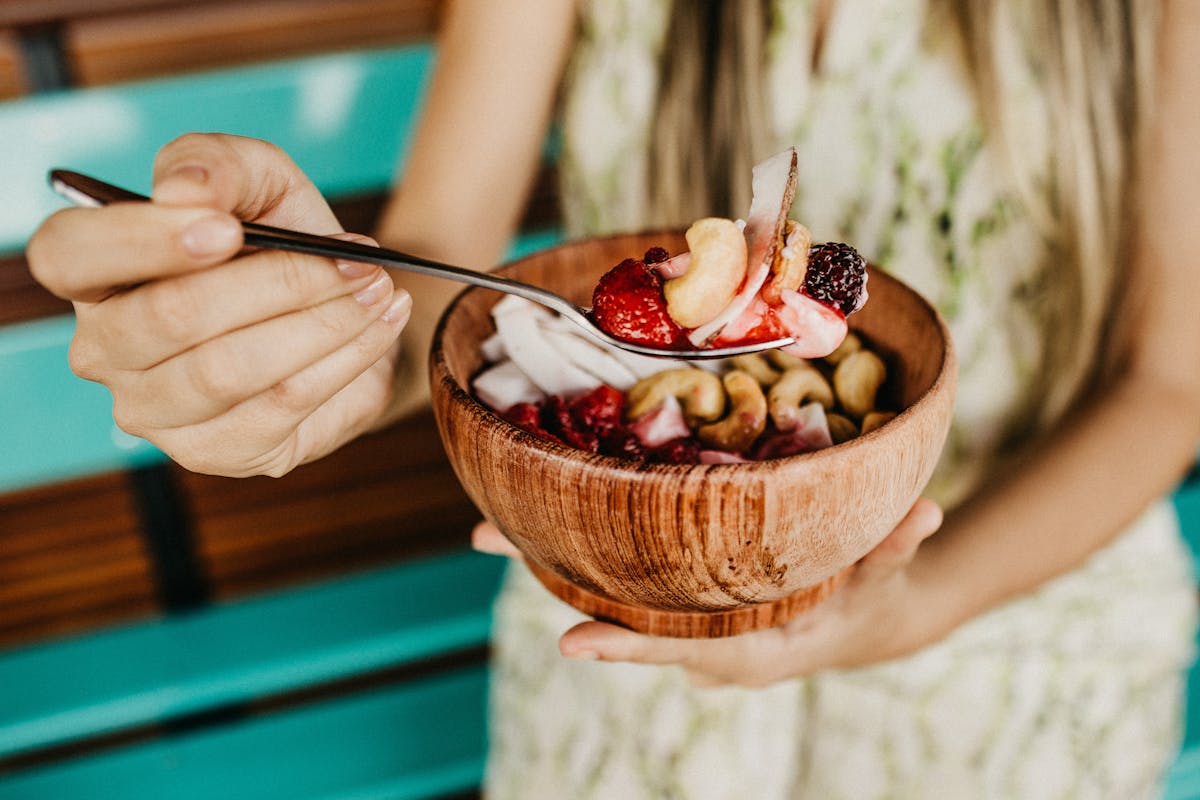What we eat really does play an important role in our sporting performance, something that is already well-established in the medical and scientific community and also among sports practitioners. According to nutritionist “food plays an important role in sports because, firstly, it provides the nutrients and energy necessary for us to make an effort, but also because it helps us to recover properly from that effort.
On the other hand, between efforts, between each training session, between each game, between each competition, taking care of our diet will ensure that we are able to receive all the nutrients we need to stay healthy, which is a basic condition for being able to play sports”.
Personalized monitoring, better results
We are all different, with distinct characteristics and even very specific goals when it comes to practicing sports. That is why it is so important to have a personalized follow-up. Whether amateur or high-performance, should always be personalized for several reasons. Firstly, because each person is different. Each athlete, depending on their age, gender, physical constitution and performance goals, will have different needs.
On the other hand, effort also varies. A person who does recreational sports once a week naturally has different needs than an athlete who trains every day and competes weekly. Therefore, the role of nutrition is to ensure that each athlete, based on their specific needs and goals, is eating appropriately.”
Does nutrition influence sports performance?
Regarding this question, the nutritionist’s answer is categorical: “Without a doubt. Food plays an important role because it serves as fuel for physical exercise, but also to ‘fine-tune’ some small details of sports performance. No one is going to be the best athlete by eating food A or B, but if you have a good basic diet,
If on top of these basic dietary precautions, which are more or less universal and that almost all of us know and which are present, for example, in the Food Wheel, you apply specific strategies before, during and after the effort, then you can get the most out of the training you are doing and with that you can also improve your condition, therefore, you can create the necessary adaptations to improve your sports performance”.
What to eat before a workout
The purpose of pre-workout nutrition is to give us energy for the effort we are going to make and this can come from food sources such as:
- Simple carbohydrates, for example, fruit sugars.
- Complex carbohydrates – which can be cereals, such as oats, and nuts -, which are absorbed more slowly.
Hydration is another aspect that should not be neglected before starting training. “A good level of hydration helps the body to function normally during exercise, to avoid the loss of performance that can occur due to dehydration, and it also has a protective effect on our health, particularly on our tissues,” explains the nutritionist, adding that “just think that 60% of the weight of our muscles is water and that our joints are also made up of a large amount of water. Therefore, our diet and nutritional care before exercise will ultimately prepare our body for the demands that we will experience during physical exercise.”
Now that we know what foods to include in a pre-workout meal, we need to know how long before exercising we should eat. “The amount of food we eat before an exercise session depends on the characteristics of the exercise itself and the athlete’s individual tolerance. Some athletes can eat 30 minutes beforehand because, for example, they will be on a bike and won’t have any major jolts. Other athletes who are running or swimming prefer to take longer breaks of one to three hours,” he explains.
And during training, do you need to eat?
Not always. As the nutritionist explains, “it will depend a lot on the duration of the effort and the intensity at which it is performed. Generally speaking, for efforts lasting more than an hour, it is advisable to plan some type of refueling. Typically, this will be rehydration, as this is the parameter that changes most quickly.
During physical exercise, we lose water through perspiration and, therefore, it is necessary to replace water and electrolytes. If there is a very high demand for energy, it may also be necessary to replenish it. This is where foods such as fruit, fruit gels and other carbohydrate solutions come in”.
Athlete nutrition: post-workout
After an effort, especially if it is more intense, there are what we call the three Rs of recovery, which are rehydration, replenishment and repair. nutritionist explains what they consist of:
- Rehydrate: replace the fluids we lose through perspiration, not only water, but also mineral salts (electrolytes). This replacement can be done through drinks, for example, isotonic drinks or foods that contain some salt or other mineral salts.
- Replenish muscle reserves. Especially during more intense efforts – such as during a football match – when muscle glycogen reserves are used, it is important to eat carbohydrates that are absorbed more quickly, such as fruit or white rice, to replenish these energy sources.
- Repair: this is done through the intake of protein and some amino acids that contribute to the repair of muscle tissue after more intense efforts and that also help to reduce the feeling of muscle fatigue. Good examples of protein sources after a more demanding effort from a muscular point of view are chicken or turkey breast, lean meats, egg whites or some dairy products, such as yogurt or milk.
And how long after training should we eat?
There is a lot of talk about the fact that we should eat within a certain time after training. But is this really true? Some athletes still have the idea that there is a window of opportunity to eat after an effort. This window does in fact exist for some nutrients, namely the ingestion of carbohydrates, preferably those that are absorbed more quickly, in the first one to two hours after intense muscular effort, with the aim of replenishing muscle glycogen”. On the other hand, the same rule does not apply to protein. “Previously, there was this idea of the anabolic window, about the importance of ingesting protein immediately after intense muscular effort. Today, we know that this is not so valid. The muscle repair process, this protein synthesis in the muscle, is increased and stimulated by physical exercise for several hours after the effort. Therefore, rehydrating, replenishing muscle glycogen and repairing with some protein in this sequence and in a phased manner in the first two to four hours is perfectly sufficient and is within the wider window of opportunity that we can consider”, he explains.
The importance of hydration
Did you know that a water loss of around 2% of body weight can already have an impact on our physical and cognitive performance? As the nutritionist explains, “it’s not just a question of speed or distance covered; it also influences the decision-making process, which is very important, for example, in team sports or ball sports.”
The rate of sweating – that is, how much we perspire – can vary depending on several factors, such as:
- Room temperature
- Clothing
- Characteristics of the individual
As such, “it is important that each of us learns to monitor our hydration status and there are some simple indicators that we can use to do this, namely, the color of our urine: it should be a light yellow color, a light straw-yellow color, as this indicates that we are properly hydrated; whenever the urine becomes darker, in those shades more towards orange or even brownish, it is a sign of dehydration.
Main dietary mistakes made by athletes
The nature of the mistakes made by athletes depends on factors such as the type of athlete they are and their level of activity. According to the nutritionist, there are two major mistakes made by amateur athletes:
- Not eating enough for your needs. Many people who are motivated, for example, to lose weight or quickly achieve performance goals end up not adapting their calorie and nutrient intake correctly. Therefore, they end up eating less than what their body demands, which can translate into underperformance or an increased risk of injury.
- At the opposite extreme are people who, when starting to practice physical activity, underestimate their needs and start, for example, making protein shakes, taking gels, bars, a series of sports nutrition products that are not suitable for the sport they actually do and, therefore, are not taking advantage of these solutions.



